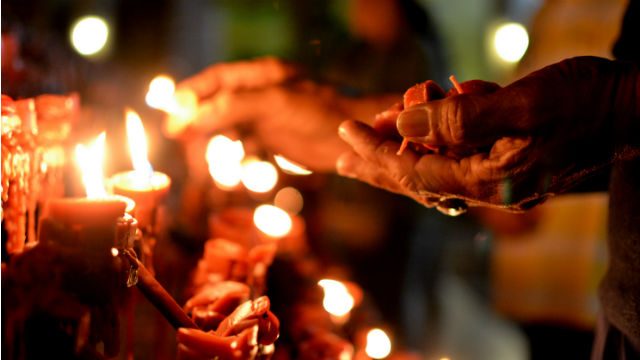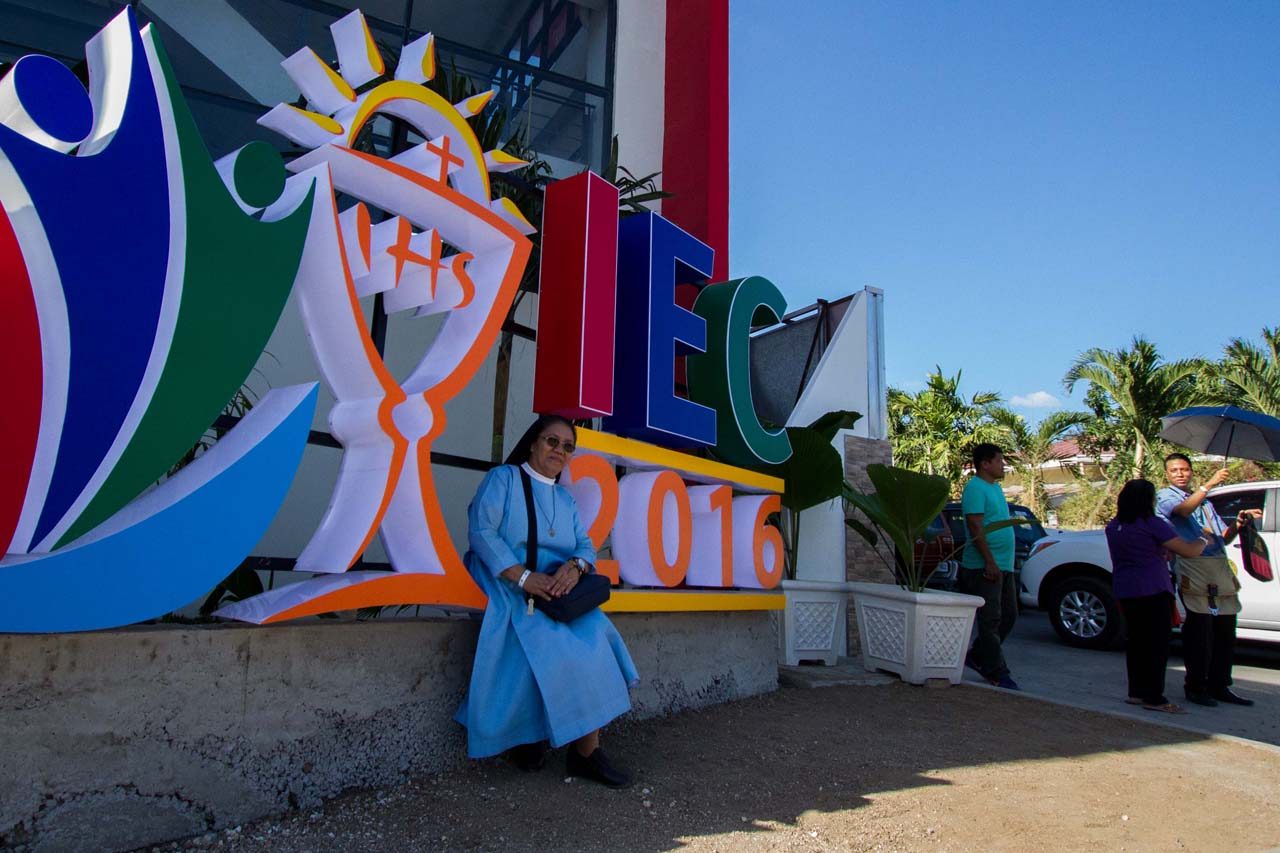SUMMARY
This is AI generated summarization, which may have errors. For context, always refer to the full article.

“Lahi gyud ang devotion ng Cebuano sa Santo Niño (There is nothing like the Cebuano’s devotion to the Santo Niño),” Francine, a first-year student at University of the Philippines Cebu, said. I spoke with her at the Ayala Center, during a chorale showcase celebrating the opening of the 51st International Eucharistic Congress (IEC) which begins Sunday, January 24, here in Cebu.
There are plenty of Cebuanos who would agree with Francine – myself included.
While she does not consider herself religious, she said she believes in the devotion, and celebrates the Santo Niño every year.
“Ni-ampo ko na makatiwas gyud ko ug eskwela (I prayed that I will really finish school),” she said.
Even while growing up in the United States, the Santo Niño was a very central image in our home. It could never be placed anywhere low to the ground; it had to be cleaned frequently. And there was no better way to anger my Cebuano parents than to horseplay near the Santo Niño.
The Sinulog festival is meant to honor the Señor Santo Niño or the Child Jesus. An image of the Santo Niño, housed in the Basilica Menore de Santo Niño in downtown Cebu, is believed to be the gift of Portuguese conquistador Ferdinand Magellan to Rajah Humabon and Hara Amihan of Cebu in April 1521.
While the grand parade was almost a week ago on January 17, remnants of the festival are still seen across the city.
Shops around the Ayala Center and SM mall have not yet erased the “Viva Pit Senyor!” greeting from their windows. This is the popular greeting of Sinulog which means to call, ask, and plead to the King.
The bright Santo Niño statue still illuminates Fuente Osmeña Circle, which is the last stop in the long Sinulog parade.

There is a unique spirit in the air in Cebu after in January. This festive mood in the city is displayed by the vibrant colors, felt through the syncopated 2-step beat of the Sinulog music, and expressed when locals begin to greet each other with ‘Pit Senyor!’
That’s when everyone knows Sinulog is near.
Before this year, I’ve only experienced the festival through stories my mother and father – both born and raised in Cebu – who would tell me about, and through my cousins who regularly join the religious celebration and street parties.
After moving to Cebu last December, I was determined to experience this for myself – and to really understand why the Santo Niño is so important to Cebuanos.
During the masses at the Basilica Minore del Santo Niño, people would bring the images from their homes, hold it close to their hearts, and many would cry.
So I asked one of my aunts here in Cebu who so many get emotional over the Santo Niño. She said they are crying in gratitude. They pray to the Santo Niño for good health, and they give thanks when they get it. They pray for their children to finish school, and they don’t forget to thank Him in prayer once they do.
This is still the true essence of the Sinulog – despite the street parties that have been criticized for diluting the meaning of the religious celebration.
After the festivities, friends from Manila and around the world would ask me what makes the celebration in Cebu unique compared to other festivals around the country.
No words can adequately explain that. But I have realized that at the core of Catholic Cebuano identity is an undying passion for prayer, and love for the Santo Niño. The Sinulog, more than the parade and parties, is the expression and celebration of Cebu’s collective identity, as what the IEC calls “the cradle of Philippine Christianity.”
And the IEC pilgrims, many of whom began arriving in Cebu on Saturday, January 23, will soon learn this too: “Lahi ra gyud ang devotion ng Cebuano.” – Rappler.com
Add a comment
How does this make you feel?
There are no comments yet. Add your comment to start the conversation.